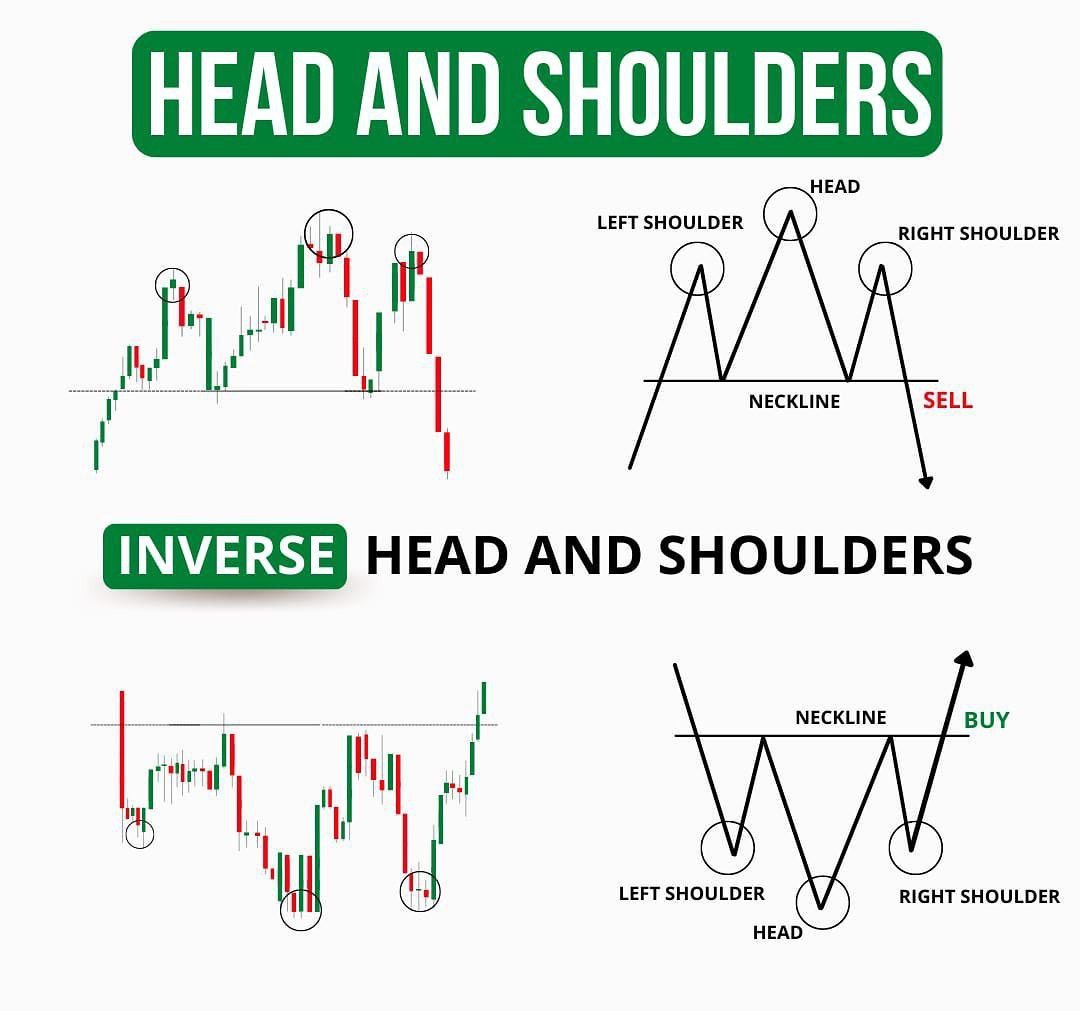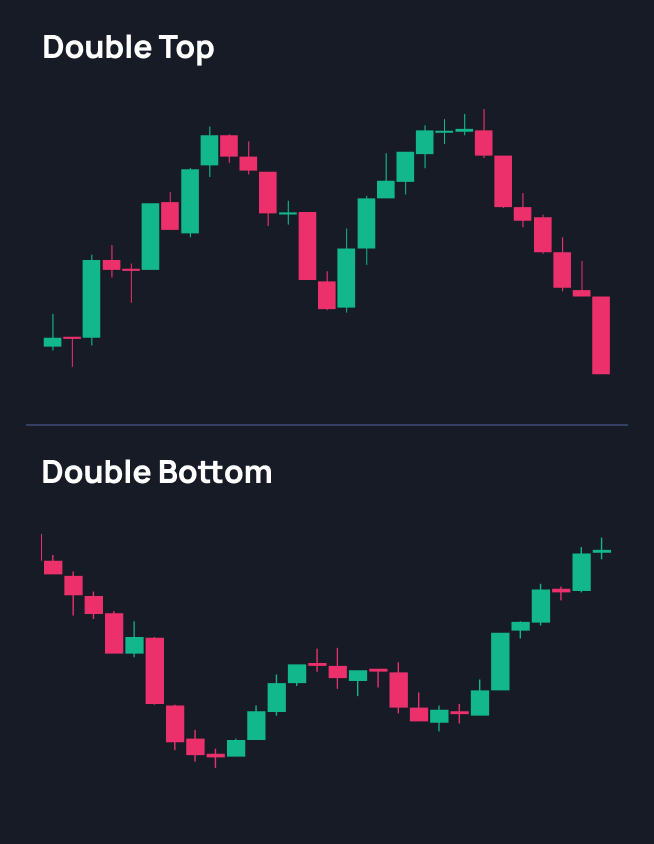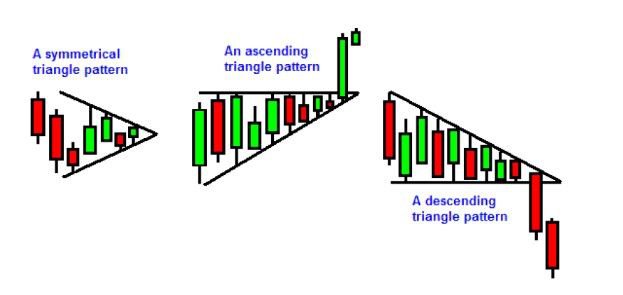TERMS AND CONDITIONS
Last Updated: September 30, 2025
1. ACCEPTANCE OF TERMS
By accessing, browsing, or using the MarketPawns platform (the "Platform"), you acknowledge that you have read, understood, and agree to be bound by these Terms and Conditions (the "Terms") and all applicable laws and regulations. If you do not agree with these Terms, you must immediately cease using the Platform.
2. DEFINITIONS
"Platform" or
"Service" means the MarketPawns website, applications, APIs, and all related services and tools.
"We",
"Us",
"Our", or
"Company" means the owner and operator of the MarketPawns Platform.
"You",
"User", or
"Customer" means any person or entity accessing or using the Platform.
"Signals" means informational notifications, data analysis results, or pattern identifications provided by the Platform.
"AI" or
"Neural Networks" means artificial intelligence systems and machine learning models used by the Platform for data analysis.
"Trading Instruments" means financial instruments including but not limited to currency pairs, CFDs, commodities, and other financial products.
"Content" means all data, information, analysis, predictions, educational materials, and other content provided through the Platform.
3. NATURE OF SERVICE
3.1 Informational and Analytical Services Only
The Platform provides EXCLUSIVELY INFORMATIONAL AND ANALYTICAL SERVICES. We are NOT:
- A financial advisor or investment advisor
- A broker or dealer
- A regulated financial institution
- A provider of financial, investment, or trading advice
- A fiduciary
3.2 Signals Are Not Recommendations
IMPORTANT: All Signals provided by the Platform are AUTOMATED DATA ANALYSIS RESULTS and are NOT:
- Trading recommendations or suggestions
- Investment advice or guidance
- Calls to action or solicitations to trade
- Guarantees, predictions, or promises of any outcome
- Professional financial consultations
Signals are provided solely for informational purposes to assist Users in conducting their own independent analysis and research.
3.3 Educational Purpose
Educational materials, tutorials, and training content are provided for general informational and educational purposes only and do not constitute personalized advice or recommendations.
4. RISK DISCLOSURE
4.1 High-Risk Warning
WARNING: Trading on financial markets involves SUBSTANTIAL RISK and is NOT SUITABLE FOR EVERYONE. You may sustain TOTAL LOSS of your invested capital and may lose more than your initial investment.
4.2 Specific Risks
Trading involves risks including but not limited to:
- Market volatility and unpredictability
- Leverage and margin risks
- Liquidity risks
- Counterparty risks
- Technological and operational risks
- Regulatory and legal risks
- Geopolitical and economic risks
- Force majeure events
4.3 Past Performance
PAST PERFORMANCE IS NOT INDICATIVE OF FUTURE RESULTS. Historical data, backtests, and archived statistics show only past outcomes and provide no guarantee or indication of future performance.
4.4 AI and Neural Network Risks
AI predictions and neural network outputs:
- Are based on historical data and statistical patterns
- Cannot predict future market movements
- May be incorrect, incomplete, or misleading
- Are probabilistic in nature and not deterministic
- May contain errors, biases, or inaccuracies
- Should not be relied upon as the sole basis for trading decisions
5. NO WARRANTIES OR GUARANTEES
5.1 Service Provided "AS IS"
The Platform and all Content are provided on an "AS IS" and "AS AVAILABLE" basis, WITHOUT WARRANTIES OF ANY KIND, either express or implied.
5.2 Disclaimer of Warranties
We EXPRESSLY DISCLAIM ALL WARRANTIES, including but not limited to:
- Accuracy, completeness, or reliability of information
- Timeliness or currency of data
- Uninterrupted or error-free operation
- Fitness for a particular purpose
- Merchantability
- Non-infringement
- Profitability or financial results
- Security or data protection
5.3 No Guarantee of Results
We do NOT GUARANTEE:
- Profitability or positive returns
- Accuracy of Signals or predictions
- Achievement of any specific outcome
- Availability or continuity of service
- Compatibility with third-party services
- Absence of errors, bugs, or defects
6. LIMITATION OF LIABILITY
6.1 No Liability
To the maximum extent permitted by law, We shall NOT BE LIABLE for any:
- Direct, indirect, incidental, or consequential damages
- Lost profits or revenue
- Loss of data or information
- Trading losses or financial losses
- Opportunity costs or missed opportunities
- Business interruption
- Reputational damage
- Any other losses or damages of any kind
6.2 Maximum Liability
In no event shall Our total liability to You for all damages, losses, and causes of action exceed ZERO (0). We accept NO FINANCIAL LIABILITY whatsoever.
6.3 Third-Party Services
We are NOT RESPONSIBLE for:
- Actions, errors, or omissions of brokers or trading platforms
- Execution quality, slippage, or requotes
- Third-party service failures or interruptions
- Security breaches at third-party providers
- Changes in third-party terms or pricing
7. USER RESPONSIBILITIES AND OBLIGATIONS
7.1 Independent Decision-Making
You acknowledge and agree that:
- You are SOLELY RESPONSIBLE for all trading decisions
- You will conduct your own independent analysis and research
- You will not rely exclusively on Platform information
- You will seek advice from qualified financial professionals
- You understand the risks inherent in trading
- You have the financial capacity to bear potential losses
7.2 Eligibility Requirements
By using the Platform, You represent and warrant that:
- You are at least 18 years of age or the age of majority in your jurisdiction
- You have the legal capacity to enter into binding contracts
- Your use of the Platform is legal in your jurisdiction
- You comply with all applicable laws and regulations
- You have not been previously suspended or removed from the Platform
7.3 Jurisdictional Compliance
You are SOLELY RESPONSIBLE for:
- Determining whether your use of the Platform is lawful
- Complying with all local, state, national, and international laws
- Obtaining any required licenses or approvals
- Paying all applicable taxes
- Understanding and following regulations applicable to you
7.4 Prohibited Conduct
You agree NOT TO:
- Use the Platform for any unlawful purpose
- Manipulate or attempt to manipulate markets
- Violate any applicable laws or regulations
- Infringe intellectual property rights
- Distribute malware or harmful code
- Attempt unauthorized access to systems
- Impersonate any person or entity
- Provide false or misleading information
- Use automated tools to extract data without permission
- Reverse engineer, decompile, or disassemble the Platform
- Share your account credentials with others
8. INTELLECTUAL PROPERTY
8.1 Ownership
All Content, software, algorithms, neural network models, designs, trademarks, and materials on the Platform are owned by or licensed to Us and are protected by intellectual property laws.
8.2 Limited License
Subject to these Terms, We grant You a limited, non-exclusive, non-transferable, revocable license to access and use the Platform for personal, non-commercial purposes.
8.3 Restrictions
You may NOT:
- Copy, modify, or create derivative works
- Distribute, sell, or sublicense Platform content
- Use Content for commercial purposes without written permission
- Remove or alter proprietary notices or labels
8.4 User-Generated Content
By posting content in community areas, You grant Us a worldwide, non-exclusive, royalty-free license to use, reproduce, modify, and distribute such content. You represent that You have all necessary rights to grant this license.
9. DATA AND PRIVACY
9.1 Data Collection
We collect and process personal data as described in our Privacy Policy. By using the Platform, You consent to such collection and processing.
9.2 Data Security
While We implement reasonable security measures, We CANNOT GUARANTEE absolute security of data. You acknowledge and accept the risks inherent in electronic data transmission and storage.
9.3 User Responsibility
You are responsible for:
- Maintaining confidentiality of your login credentials
- All activities that occur under your account
- Notifying Us immediately of any unauthorized access
10. PAYMENT TERMS
10.1 Fees and Subscriptions
Fees for Platform services are as stated at the time of purchase. We reserve the right to modify pricing with reasonable notice.
10.2 Payment Processing
Payments are processed by third-party payment processors. We are not responsible for payment processor errors, failures, or security issues.
10.3 Automatic Renewal
Subscriptions may automatically renew unless cancelled before the renewal date. You are responsible for managing your subscription settings.
10.4 No Refunds
ALL FEES ARE NON-REFUNDABLE. We do not provide refunds for any reason, including but not limited to:
- Dissatisfaction with services
- Trading losses or poor performance
- Changes in market conditions
- Technical issues or service interruptions
- Account termination or suspension
11. API AND INTEGRATIONS
11.1 API Access
API access is provided "as is" without warranties. We may modify, limit, or terminate API access at any time without notice.
11.2 Rate Limits
We may impose rate limits and usage restrictions on API access. Violation of these limits may result in suspension.
11.3 Broker Integrations
Integrations with trading platforms (MT4/MT5) are provided for convenience. We are NOT RESPONSIBLE for:
- Broker actions or decisions
- Order execution quality or speed
- Trading conditions at brokers
- Broker solvency or reliability
- Technical issues with broker platforms
- Changes in broker terms or policies
11.4 Automated Trading
If You use automated trading systems or bots:
- You assume ALL RISKS associated with automated trading
- We are NOT RESPONSIBLE for bot errors, malfunctions, or losses
- You must monitor automated systems continuously
- You are responsible for proper configuration and risk management
12. EDUCATIONAL MATERIALS
12.1 General Information
Educational content, courses, and training materials are provided for general informational purposes only and do not constitute personalized advice.
12.2 No Professional Qualification
Completion of educational programs, tests, or certifications:
- Does not qualify You for professional trading or advisory services
- Is not recognized by financial regulators
- Does not grant any professional credentials or licenses
12.3 No Guarantee of Results
We do NOT GUARANTEE that educational materials will improve trading performance or lead to profitable outcomes.
13. ACCOUNT TERMINATION
13.1 Termination Rights
We reserve the right to suspend or terminate your account IMMEDIATELY and WITHOUT NOTICE for any reason, including but not limited to:
- Violation of these Terms
- Suspected fraudulent or illegal activity
- Non-payment of fees
- Regulatory or legal requirements
- Our business discretion
13.2 Effects of Termination
Upon termination:
- Your access to the Platform will be revoked
- You will lose access to all data and content
- No refunds will be provided
- We are not obligated to provide copies of your data
13.3 Survival
Sections concerning liability limitations, indemnification, and dispute resolution shall survive termination.
14. MODIFICATIONS TO TERMS
14.1 Right to Modify
We reserve the right to modify these Terms at any time. Changes will be effective immediately upon posting to the Platform unless otherwise stated.
14.2 Notification
We will provide notice of material changes through the Platform or via email. Continued use of the Platform after changes constitutes acceptance of modified Terms.
14.3 User Responsibility
You are responsible for regularly reviewing these Terms. If You do not agree with modifications, You must cease using the Platform.
15. FORCE MAJEURE
We shall NOT BE LIABLE for any failure or delay in performance due to circumstances beyond Our reasonable control, including but not limited to:
- Natural disasters or acts of God
- War, terrorism, or civil unrest
- Pandemics or epidemics
- Government actions or regulations
- Internet or telecommunications failures
- Cyber attacks or security breaches
- Power outages or infrastructure failures
- Actions of third-party service providers
16. INDEMNIFICATION
You agree to indemnify, defend, and hold harmless the Company, its affiliates, officers, directors, employees, and agents from and against any claims, liabilities, damages, losses, costs, or expenses (including reasonable attorneys' fees) arising from:
- Your use of the Platform
- Your violation of these Terms
- Your violation of any laws or rights of third parties
- Your trading activities or decisions
- User-generated content You post or share
17. DISPUTE RESOLUTION
17.1 Informal Resolution
Before initiating formal proceedings, You agree to contact Us to seek informal resolution of any dispute.
17.2 Arbitration
Any disputes arising from these Terms or use of the Platform shall be resolved through binding arbitration rather than in court, except where prohibited by law.
17.3 Class Action Waiver
You agree to resolve disputes individually and waive any right to participate in class actions or class-wide arbitration.
17.4 Governing Law
These Terms shall be governed by and construed in accordance with the laws of the jurisdiction where the Company is registered, without regard to conflict of law principles.
18. GENERAL PROVISIONS
18.1 Entire Agreement
These Terms, together with our Privacy Policy, constitute the entire agreement between You and Us regarding the Platform.
18.2 Severability
If any provision of these Terms is found to be invalid or unenforceable, the remaining provisions shall remain in full force and effect.
18.3 No Waiver
Our failure to enforce any right or provision of these Terms shall not constitute a waiver of such right or provision.
18.4 Assignment
We may assign Our rights and obligations under these Terms to any third party. You may not assign your rights or obligations without Our prior written consent.
18.5 No Agency
Nothing in these Terms creates any agency, partnership, joint venture, or employment relationship between You and Us.
18.6 Language
The official version of these Terms is in English. Any translations are provided for convenience only. In case of discrepancies, the English version shall prevail.
19. ACKNOWLEDGMENT AND ACCEPTANCE
By using the Platform, You EXPLICITLY ACKNOWLEDGE AND AGREE that:
✓ You understand trading involves HIGH RISK and may result in COMPLETE LOSS of capital
✓ Signals are INFORMATIONAL ONLY and are NOT trading recommendations
✓ AI predictions may be INCORRECT and are NOT GUARANTEED
✓ You are SOLELY RESPONSIBLE for all trading decisions
✓ Past performance DOES NOT indicate future results
✓ The Platform is provided WITHOUT WARRANTIES of any kind
✓ We accept NO LIABILITY for trading losses or damages
✓ You will conduct independent analysis before making trading decisions
✓ You will not rely exclusively on Platform information
✓ You have the financial capacity to bear potential losses
✓ You agree to these Terms in their entirety
20. CONTACT INFORMATION
For questions or concerns regarding these Terms, please contact us at:
Email: legal@marketpawns.com
Website: https://marketpawns.com
---
BY USING THIS PLATFORM, YOU ACKNOWLEDGE THAT YOU HAVE READ, UNDERSTOOD, AND AGREE TO BE BOUND BY THESE TERMS AND CONDITIONS.
---
© 2025 MarketPawns. All rights reserved.
 Double Top / Double Bottom:
These patterns look like the letters "M" (Double Top) or "W" (Double Bottom) and represent two failed attempts to break a significant price level.
Double Top (Bearish Reversal): Forms after an uptrend. The price rallies to a resistance level (Peak 1), pulls back, then rallies again to roughly the same resistance level (Peak 2) and fails to break higher, followed by a decline. The support level formed between the two peaks is called the "neckline." A break below this neckline confirms the pattern and suggests a move to a downtrend.
Double Bottom (Bullish Reversal): Forms after a downtrend. The price falls to a support level (Trough 1), rallies, then falls again to roughly the same support level (Trough 2) and fails to break lower, followed by a rally. A break above the neckline (resistance between the troughs) confirms the pattern and suggests a move to an uptrend.
Double Top / Double Bottom:
These patterns look like the letters "M" (Double Top) or "W" (Double Bottom) and represent two failed attempts to break a significant price level.
Double Top (Bearish Reversal): Forms after an uptrend. The price rallies to a resistance level (Peak 1), pulls back, then rallies again to roughly the same resistance level (Peak 2) and fails to break higher, followed by a decline. The support level formed between the two peaks is called the "neckline." A break below this neckline confirms the pattern and suggests a move to a downtrend.
Double Bottom (Bullish Reversal): Forms after a downtrend. The price falls to a support level (Trough 1), rallies, then falls again to roughly the same support level (Trough 2) and fails to break lower, followed by a rally. A break above the neckline (resistance between the troughs) confirms the pattern and suggests a move to an uptrend.

